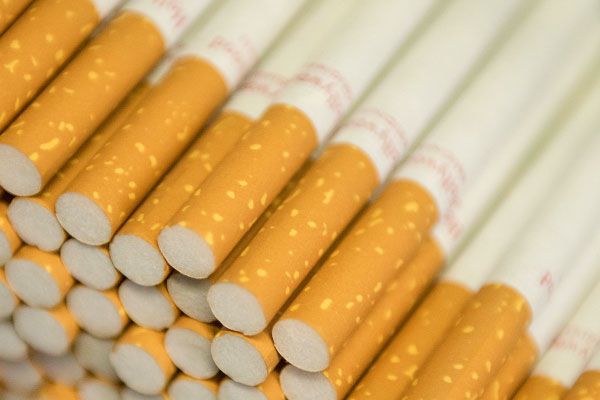Cigar prices will rise, while tobacco consumption will decrease, according to projections released by British American Tobacco p.l.c. (BAT).
While fuel cigarettes remain the largest tobacco category in the world, their volumes have experienced a gradual decline for many years, driven by increased regulation and changes in social attitudes.
Total tobacco use, including illicit, decreased 2% from 2018 to 2019 and, according to BAT, this rate of decline is forecast to remain between 2 and 3% over the next three years, while retail value is expected of tobacco sales increase by 2 to 4% each year, mainly due to prices.
The most recent estimates for the world legal tobacco market (2018) indicate that sales are worth approximately $ 814 billion.
More than 700,000 million dollars come from the sale of conventional cigarettes, with more than 5 trillion 300,000 million cigarettes consumed per year by more than 19% of the world population.
Fuels | Value growth driven by strong brands
One factor contributing to the decrease in legal tobacco volumes is the continued increase in the consumption of illicit products.
Cigarettes are a reliable source of tax revenue for governments around the world, and price differentials between markets, regulatory changes, and broader macroeconomic pressures have fueled the establishment of a significant and growing illicit cigarette trade, which now it is estimated that it represents 11.2% of the world tobacco market.
Cigars and contraband
Overall, from BAT’s perspective, it is accepted that there is a direct correlation between abrupt and ad hoc increases in taxes and an increase in illicit sales, with current sanctions in many countries doing little to deter criminals for whom Profits from the illegal sale of tobacco remain an attractive prospect.
For example, after successive excise tax increases, the Australasia region has seen a substantial decrease in legal volumes. However, in markets like South Africa, where effective action has reduced the prevalence of illegal tobacco, legal volumes have been restored.
BAT production
In 2019, the company continued to optimize its manufacturing footprint and at the end of the year had 45 cigarette factories in 43 countries.
The company also has facilities that manufacture new category products and are located alongside cigarette factories.
Although BAT does not own tobacco farms or directly employ farmers, it obtains more than 400,000 tons of tobacco leaf each year directly from more than 90,000 contracted farmers and through external suppliers, mainly in developing countries and emerging markets.
In addition, the company purchases a small quantity of tobacco leaves from India, where the tobacco is purchased at an auction floor.
The price of tobacco in US dollars varies from year to year due to internal inflationary pressures, supply, demand and quality. BAT believes that there is an adequate supply of tobacco leaves in world markets to meet its current and anticipated production requirements.
The company presumes that few consumer goods companies can claim more than 150 million consumer interactions every day; distribution to 11 million points of sale in a well-balanced, developed and emerging market footprint; and reach out to 11 million consumers of non-combustible tobacco and nicotine products.

